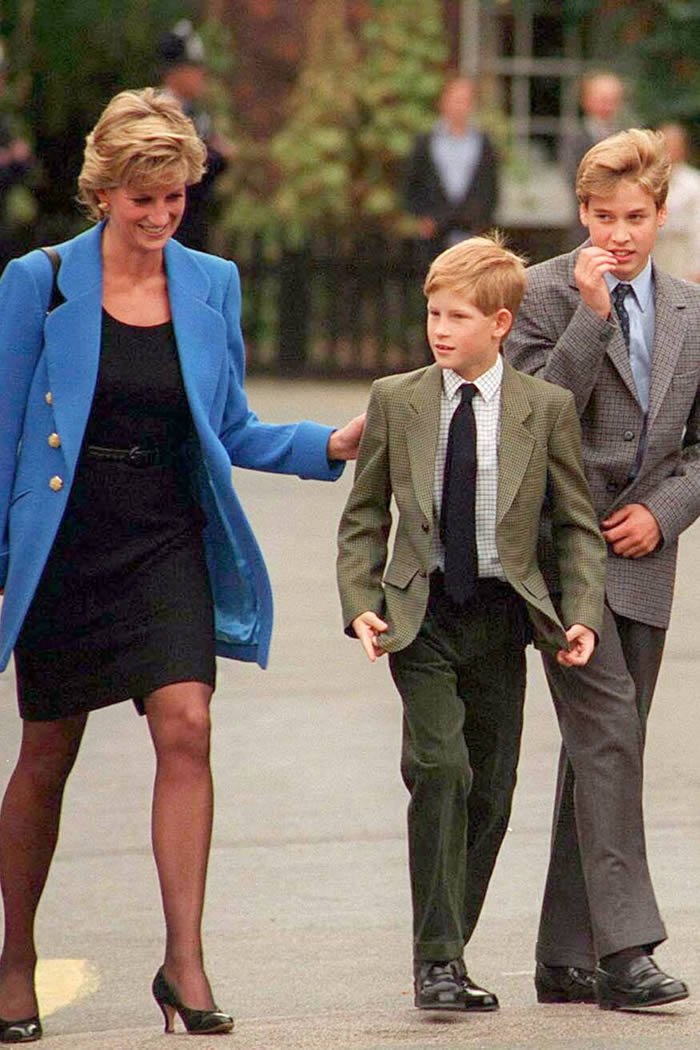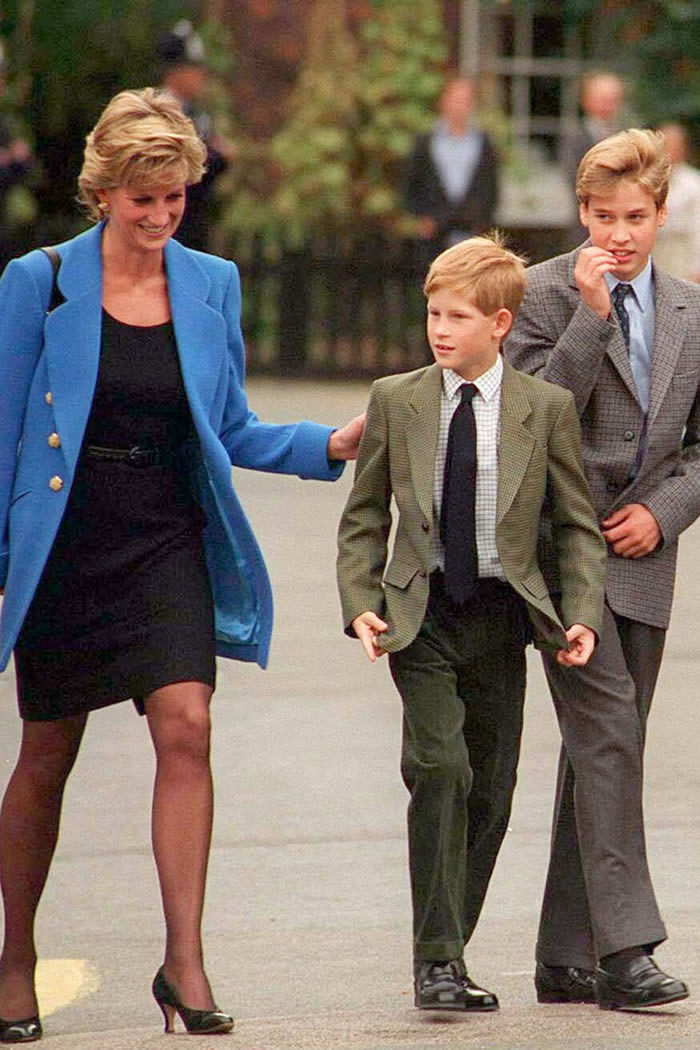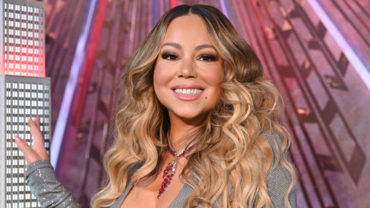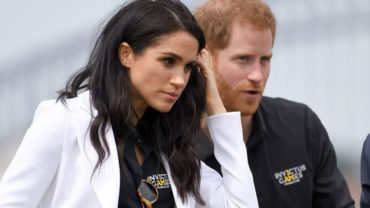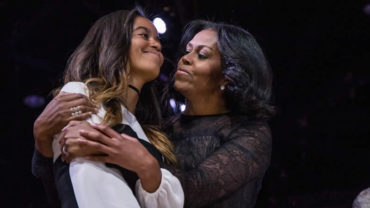However, if you were to travel back in time to Di’s early days, you’d discover that she had a very different path in mind — one that came even before the career that she gave up in order to marry Prince Charles.
Many people know that Diana, who was Lady Diana Spencer at the time, was a part-time kindergarten teacher before she married (and divorced) Charles.
“Think of her as the Girl Next Door, a blue-eyed blonde with a peaches and Devonshire cream complexion and a button nose,” People magazine wrote back in 1981. “She played as a child with his brothers at his family’s country place and grew up to be a kindergarten teacher.
So it was only fitting she should marry the Boy Next Door, even if he does happen to be H.R.H. the Prince of Wales … and heir apparent to the throne of England.”
As sweet as it is to think of Diana teaching little ones their ABCs, it turns out that she had originally been pursuing a life on the stage. No, not as an actress, but as another kind of performer.
Princess Diana may have been known for her beauty and statuesque physique, but that enviable form is also what prevented her from pursuing her passion.
“She wanted to be a ballet dancer, but at twelve years old Diana was already five foot nine and far too tall,” according to Tim Clayton and Phil Craig’s book Diana: Story of a Princess.
Despite that, Diana still managed to put her skills to good use in 1985 when she surprised an audience at the Royal Opera House — including Prince Charles — by performing a dance on stage to Billy Joel’s “Uptown Girl.”
Former Royal Ballet dancer Wayne Sleep performed alongside the royal, and, according to The Guardian, throughout the routine kept thinking to himself, “Don’t drop the future Queen of England.”
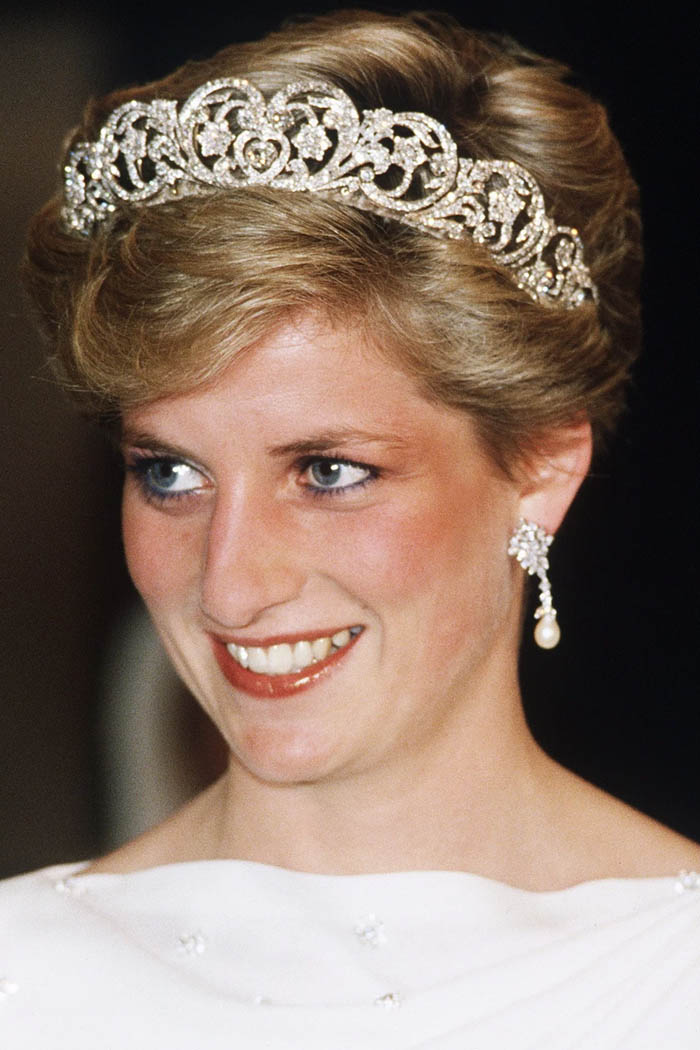
That was an understandable concern not only because of who she was, but also due to the fact that she was five foot and eleven inches tall as an adult while he only stood five feet and two inches. However, he explained, “I soon realized she had a good sense of humor, and that we could have some fun with our height difference.”
When Britain woke up on Aug. 31, 1997, to news that their beloved Princess Diana had been killed in a horrific car crash in Paris, an entire nation went into mourning.
The stylish, beautiful, and endlessly charitable blonde was by far and away the most popular royal of her day, adored by the public for the way she related to the common man and used her influence to effect change, not only at home, but around the world.
In the wake of her death, numerous Hollywood A-listers — including George Clooney and Tom Cruise — slammed the paparazzi for chasing Diana’s car into the city’s dark Pont de l’Alma tunnel in pursuit of a picture, with Elizabeth Taylor going so far as to call them murderers.
What we learned in the following months, however, was that the press may have actually had little to do with Diana’s death. The divorced People’s Princess and her billionaire boyfriend, Dodi Al-Fayed, were being driven by Ritz deputy chief of security Henri Paul that night, with Diana’s regular driver having left the swish hotel earlier in an attempt to lead the waiting photographers on a wild goose chase.
When a few failed to take the bait, Paul decided to loose them in the tunnel. However, he was reportedly driving at a high speed while under the influence of alcohol, per the Daily Mail.
The first of many shocking revelations about Diana to surface after her death, it turned out to be the tip of the iceberg.

In 2004, NBC aired the first installment of their highly controversial two-part documentary on the late Princess of Wales, which was released under the title Princess Diana: The Secret Tapes.
The docuseries was comprised of footage taken at Princess Diana’s Kensington Palace home between 1992 and 1993 by her friend Peter Settelen, whom the princess had decided to confide in.
She spoke of many things in their recorded interview sessions, but the beloved royal began by telling her former voice coach that she suffered a great deal in childhood. “It was a very unhappy childhood,” Princess Diana admitted (via BBC News). “[My] parents were busy sorting themselves out. I remember seeing my father slap my mother across the face and I was crying on the floor … Mummy was crying an awful lot.”
The BBC also got its hands on the tapes and reoprtedly planned to release its own documentary on the princess at the time, but bosses at the broadcasting company decided to axe it over fears it would upset her ex-husband, Prince Charles, per Express.
Princess Diana’s former royal protection officer, Ken Wharfe, became one of her closest confidants during his time by her side — though after he left the role (just weeks before her tragic death in Paris), he decided to go ahead with his own personal memoirs in 2002.

Diana: Closely Guarded Secret blew the lid on a number of stories that had previously been dismissed as nothing but rumors, the most sensational of all being Princess Diana’s alleged affair with British Army officer James Hewitt.
Wharfe would reportedly accompany the princess to her secret meetings with Hewitt, who she took as her lover after she discovered that her then-husband, Prince Charles, was seeing his then-mistress, Camilla Parker Bowles, again.
“Shattered by her husband’s betrayal, the Princess was ready for an affair,” Wharfe wrote in his book (via the Daily Mail). “Hewitt, a natural womaniser, gave her the attention and affection she relished, and then the passion she yearned for.”
In his memoir, Diana: Closely Guarded Secret, Ken Wharfe made it perfectly clear what he thought of ladies man James Hewitt, recalling the first time he took Princess Diana to meet him at his mother’s isolated cottage in the Devon countryside, which he referred to as the couple’s love nest (via the Daily Mail).
Hewitt reportedly came out to greet them with an over-enthusiastic welcome, though Diana’s bodyguard found his over-the-top behavior laughable. “It seemed absurd, and confirmed my preconceived ideas: not all Army officers were public-school buffoons, but many seemed to be doing an excellent impersonation,” the former Metropolitan police inspector wrote in his book. Source: nickiswift

